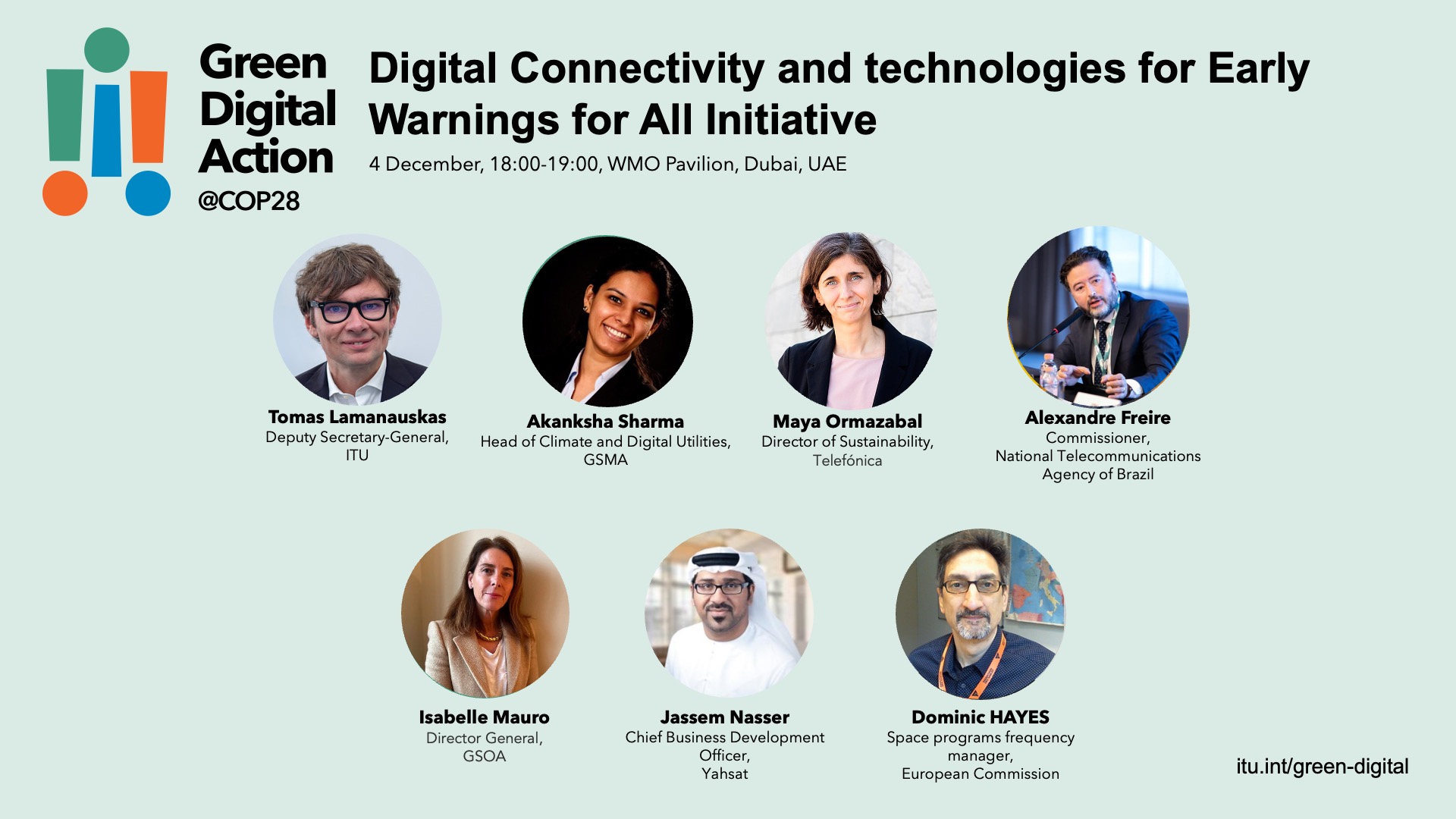
In March 2022, the UN Secretary-General set up the UN Early Warning Initiative, which stipulates that by 2027, every person in the world should be protected by an early warning system.
Warning dissemination and communication, often referred to as last-mile dissemination, pose some of the most significant challenges in the multi-hazard early warning cycle. An inclusive and effective multi-hazard early warning system must address the diverse needs of different communities and ensure that understandable and actionable warnings reach people at risk in a timely manner.
The growth of digital technologies has created unprecedented opportunities to advance this initiative's ambitious goals, particularly in enhancing countries' capabilities for warning dissemination and communication. A multi-channel approach, which includes traditional mediums like radio and television as well as contemporary platforms such as social media and mobile phones, will expand the reach of alerts and address the diversity of communities. Innovations in satellite communications also play a prominent role in this array of channels.
This session will spotlight the commitments and pledges made by the public and private sector, in particular the mobile and satellite industries to support the multi-channel dissemination of alerts under the EW4All initiative. It will highlight the potential of technology in reaching people at risk more effectively and showcase the opportunities that arise from public-private partnerships.